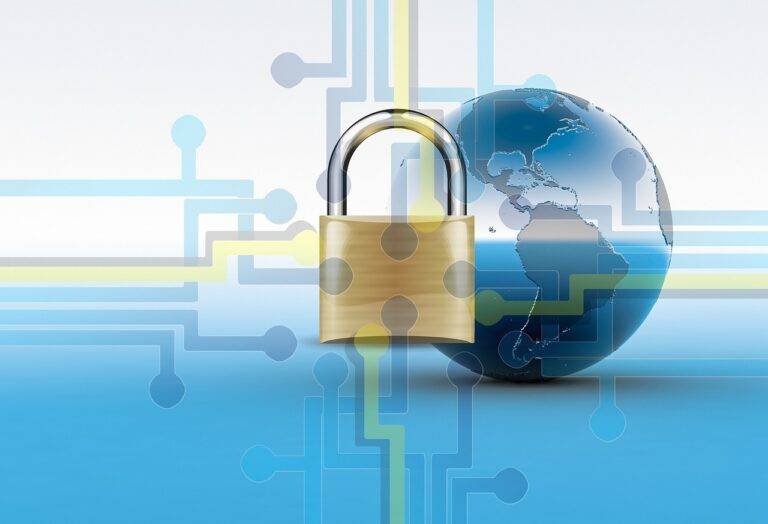The Future of Smart Grids: Smart Charging Infrastructure
Smart grids are advanced systems that utilize modern technology to efficiently manage the generation, distribution, and consumption of electricity. Traditional power grids face challenges in meeting the evolving energy demands and incorporating renewable energy sources. Smart grids offer a solution by integrating digital communication technology to monitor and control grid operations effectively.
One of the key features of smart grids is their ability to enable two-way communication between the utility companies and consumers. This bidirectional flow of information allows for better coordination of power generation and consumption, leading to improved reliability and stability of the grid. Smart grids also incorporate sensors and automation to detect and respond to issues in real-time, minimizing disruptions and enhancing overall energy efficiency.
Importance of Smart Charging Infrastructure
Cities around the world are increasingly recognizing the pivotal role of smart charging infrastructure in advancing sustainable transportation. By deploying intelligent charging systems for electric vehicles, cities can effectively manage energy consumption, reduce peak loads on the grid, and lower overall greenhouse gas emissions. This infrastructure plays a critical role in supporting the widespread adoption of electric vehicles and facilitating the transition towards a cleaner, greener urban environment.
Smart charging infrastructure also enables dynamic pricing mechanisms, allowing for optimization of energy use during off-peak hours. This not only benefits consumers by offering cost-effective charging options but also supports grid stability by distributing energy demand more evenly throughout the day. As electric vehicles continue to gain popularity, the importance of smart charging infrastructure in fostering energy efficiency and environmental sustainability cannot be understated.
Integration of Renewable Energy Sources
Renewable energy sources play a crucial role in the transition towards a more sustainable energy system. Integrating renewables such as solar, wind, and hydroelectric power into the existing grid infrastructure is essential for reducing carbon emissions and increasing energy independence. As these energy sources are intermittent by nature, smart grid technologies are imperative to ensure a stable and reliable supply of electricity while maximizing the utilization of renewable resources.
Smart grids enable the seamless integration of renewable energy sources by balancing supply and demand in real-time. By leveraging advanced monitoring and control systems, smart grids can efficiently manage the fluctuating output of renewables and optimize their integration into the grid. This allows for increased flexibility, grid resilience, and the potential for decentralized energy generation, empowering communities to actively participate in the shift towards a cleaner and more sustainable energy future.
What are some common renewable energy sources integrated into smart grids?
Common renewable energy sources integrated into smart grids include solar power, wind power, hydropower, and biomass.
How does the integration of renewable energy sources benefit the overall energy system?
The integration of renewable energy sources helps reduce greenhouse gas emissions, decrease reliance on fossil fuels, and promote energy independence and security.
Are there any challenges associated with integrating renewable energy sources into smart grids?
Yes, some challenges include the intermittent nature of renewable energy sources, the need for advanced energy storage solutions, and ensuring grid stability and reliability.
How can smart charging infrastructure help facilitate the integration of renewable energy sources?
Smart charging infrastructure can help optimize the charging and discharging of electric vehicles, manage energy demand more efficiently, and support the integration of renewable energy sources into the grid.
What role do policies and regulations play in promoting the integration of renewable energy sources into smart grids?
Policies and regulations can incentivize the deployment of renewable energy technologies, support grid modernization efforts, and create a level playing field for renewable energy integration.





